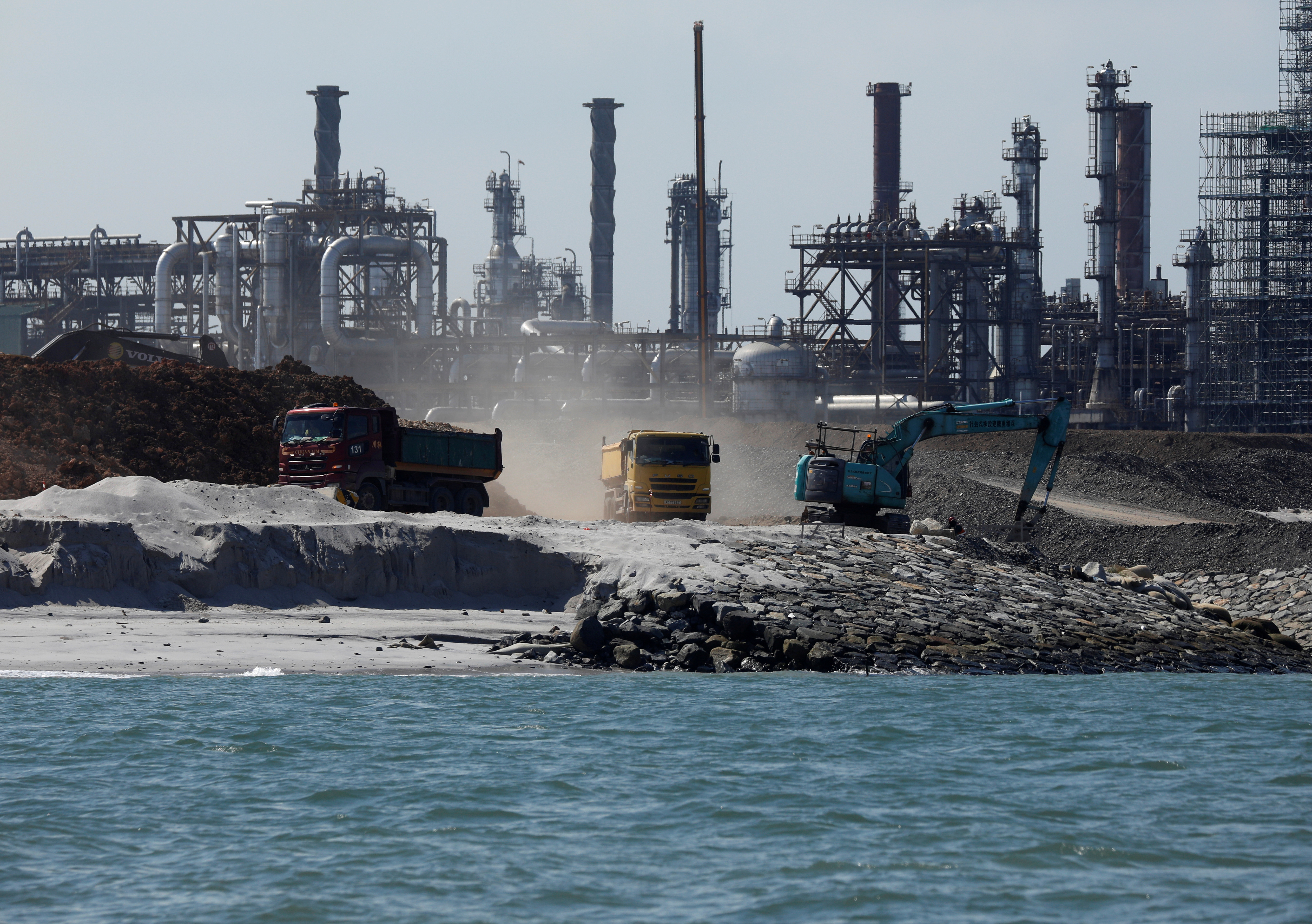Linde takes hydrogen plant to Singapore; German plans gain pace
Our pick of the latest green hydrogen news you need to know

Gas major Linde will build, own, and operate a nine-megawatt alkaline electrolyzer plant on Jurong Island, Singapore to supply clean hydrogen to the chemicals company Evonik, the company said in a statement.
Evonik will use the hydrogen from the plant to manufacture methionine, a key component in animal feed, as part of a long-term agreement with Linde, it said.
The accord supports the planned expansion of Evonik’s existing facility and will help the company limit its greenhouse gas emissions in Singapore.
The plant, which includes the largest electrolyzer ever installed in Singapore, will also be used to supply the local market with ‘green’ hydrogen and is expected to come on stream in 2024.
“We welcome the opportunity to help Evonik sustainably grow its operations on Jurong Island through the safe and reliable supply of green hydrogen,” President ASEAN & South Asia for Linde Moloy Banerjee said.
“This project is an example of Linde’s alignment with Singapore’s National Hydrogen Strategy and our support of the country’s goal to achieve net zero emissions by 2050.”
Singapore’s government has said low-carbon hydrogen will play a central role in reaching its goal of net zero by 2050 and, in its National Hydrogen Strategy announced in October, said the gas could supply up to half of its power needs by that deadline.
Hydrogen ramp-up gains pace in Germany
Germany’s ramp-up of its hydrogen economy is gaining pace with a significant increase in planned hydrogen generation capacity, utility E.ON said in its second “H2-Bilanz” (H2 Balance) report.
The report, based on data from the Institute of Energy Economics at the University of Cologne (EWI), said planned hydrogen generation by 2030 has increased to 8.1 GW in February from 5.6 GW in July last year.
The government’s goal of 10 GW of installed capacity by 2030 is more tangible due to the development of the plans to build electrolysis plants to generate hydrogen, E.ON said.
However, no final investment decision has been made for most of the projects, and no tangible progress has been made in developing the infrastructure, it said.
Increases in planned electrolysis capacity have been due, among other things, to the energy crisis and the need to become less dependent on natural gas as quickly as possible, the utility said.
The import gap is expected to shrink to 43.5 TWh by 2030 from a previously expected 50.5 TWh due to increased electrolysis capacity, E.ON said, based on a hydrogen demand of 66 TWh by the end of the decade.
Kellas, RWE eye production in Teesside
British independent energy infrastructure company Kellas Midstream and German utility RWE have signed a Memorandum of Understanding (MoU) to explore the potential for large-scale green hydrogen production in Teesside in the Northeast of England, the UK company said in a statement.
Teesside aims to become one of the world’s first decarbonized industrial clusters through the production, consumption, and export of low-carbon hydrogen, Kellas said.
The MoU will explore opportunities for gigawatt-scale ‘green’ hydrogen production in the region in a phased development matched to customer demand and will be located close to emerging hydrogen infrastructure, it said.
RWE, the UK’s largest power generator, is investigating hydrogen opportunities across the country including the potential development of plants at Pembroke, Didcot, and in Markinch near Fife, and is targeting 2 GW of ‘green’ hydrogen development in its core markets by 2030.
Kellas owns and manages a portfolio of energy infrastructure in the Central and Southern North Sea, including its Central Area Transmission System (CATS) terminal on Teesside, the location of the company’s H2NorthEast ‘blue’ hydrogen project which aims to deliver over 1GW of low-carbon hydrogen and contribute up to 10% of Britain’s target hydrogen production by 2030.
“There are real synergies between green hydrogen production and our core energy infrastructure activity, and we aim to leverage our leading position on Teesside, through our CATS facility and emerging blue hydrogen activity, as part of our collaboration with RWE,” Kellas CEO Nathan Morgan said.
Kawasaki launches liquified hydrogen carrier
Kawasaki Heavy Industries has officially launched the Suiso Frontier, the world’s first large-scale hydrogen transport ship, after receiving a classification from Nippon Kaiji Kyokai (ClassNK) recognizing that it complies with International Maritime Organization (IMO) standards, the company said in a statement.
The ship, which is 116 meters long and 19 meters wide, was built to transport liquified hydrogen in large quantities over large distances via a 1,250 m3 vacuum-insulated, double-shell structure liquified hydrogen storage tank, it said.
The Suiso Frontier can carry 75 tons of liquified hydrogen. The liquify hydrogen, it must be cooled to -253 C to reduce its volume to 1/800th of its gaseous state.
Kawasaki aims to build a supply chain that produces, stores, transports, and uses hydrogen in cooperation with various partners, it said.
The vessel was added to ClassNK’s register on December 3, it said.
By Reuters Events Hydrogen
